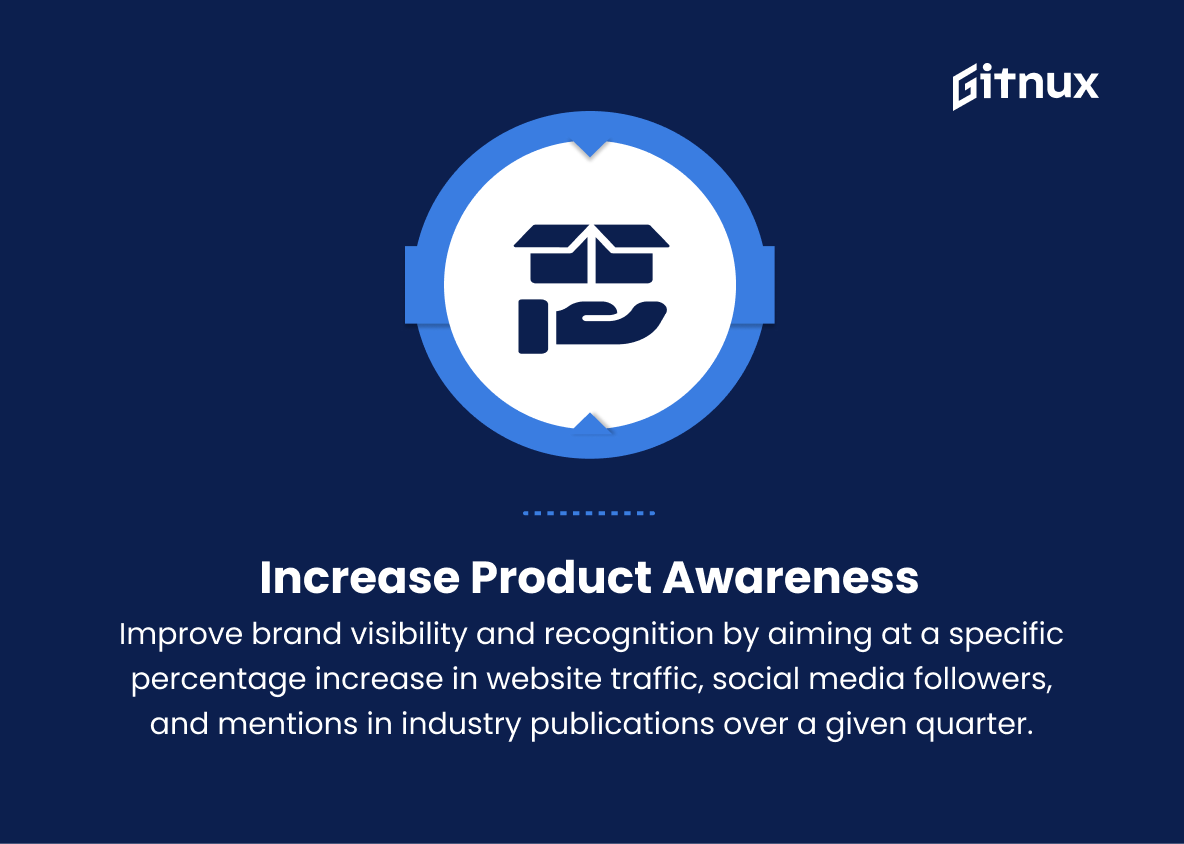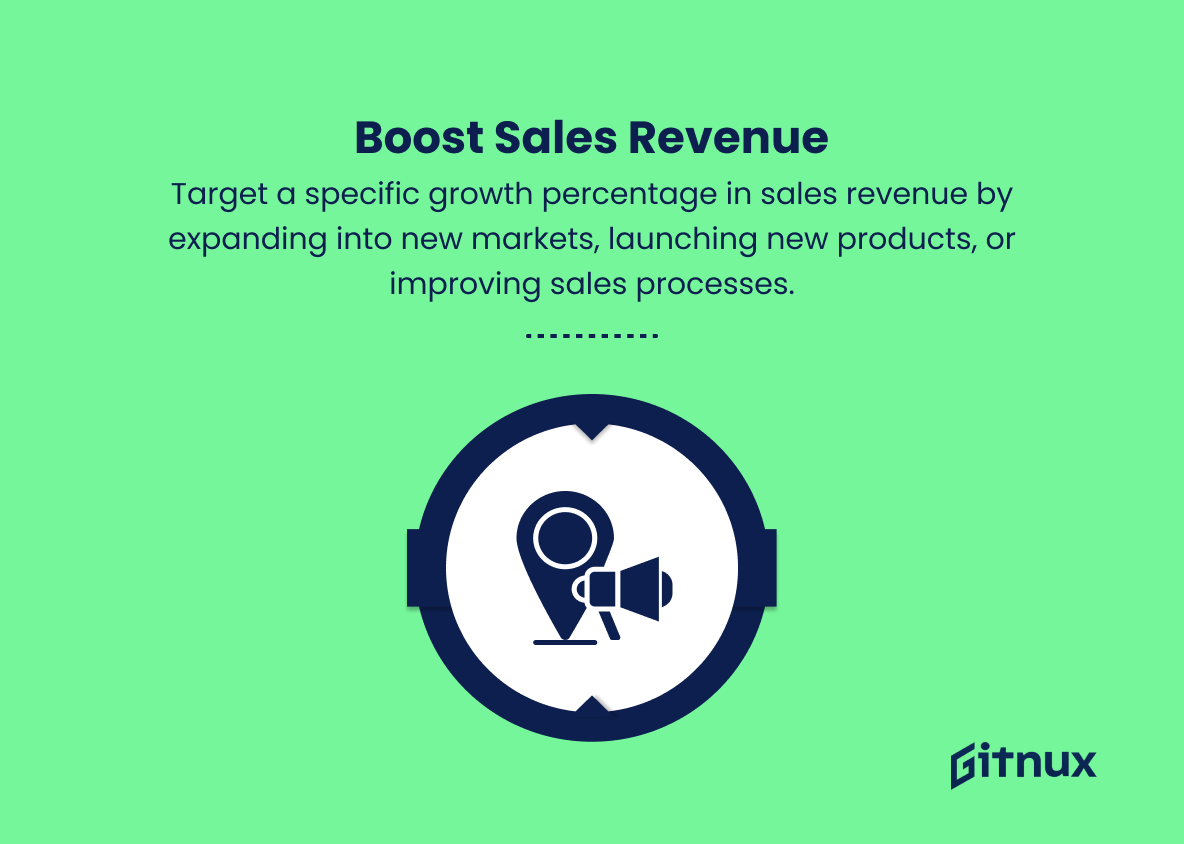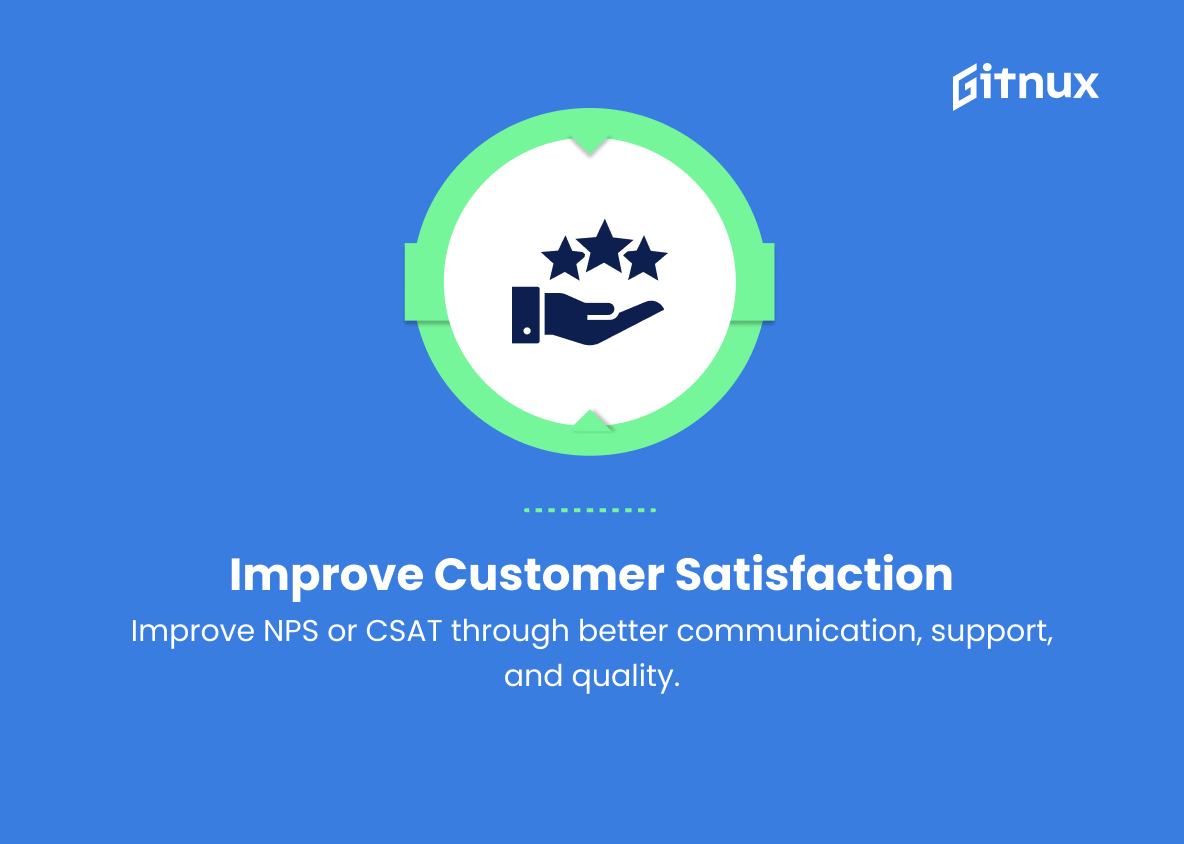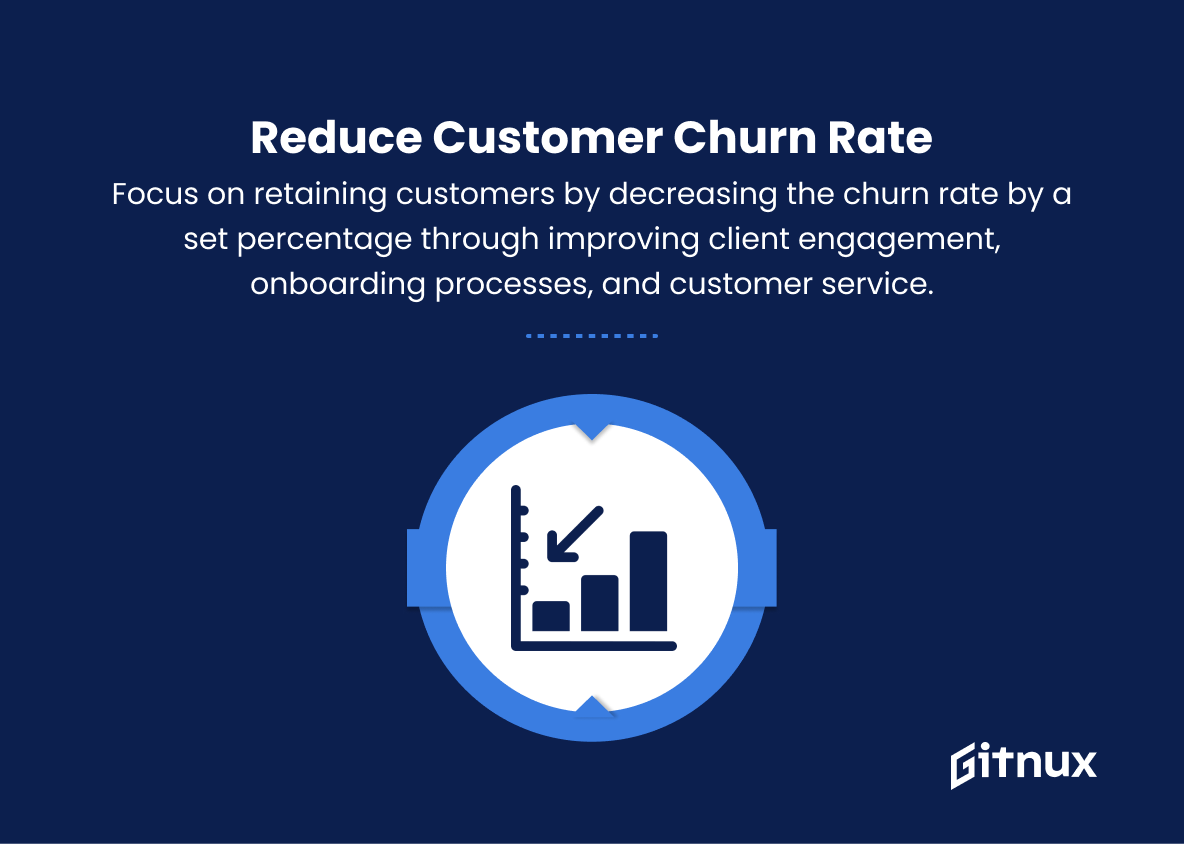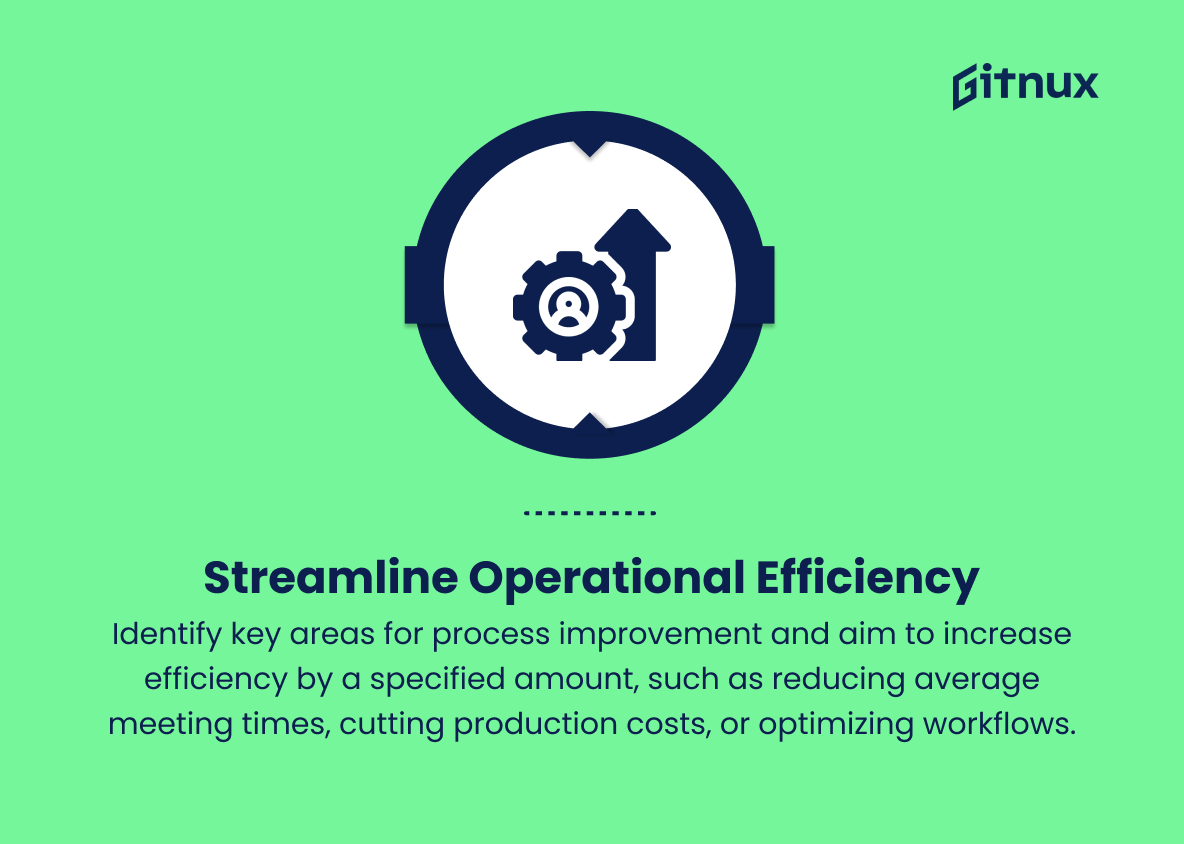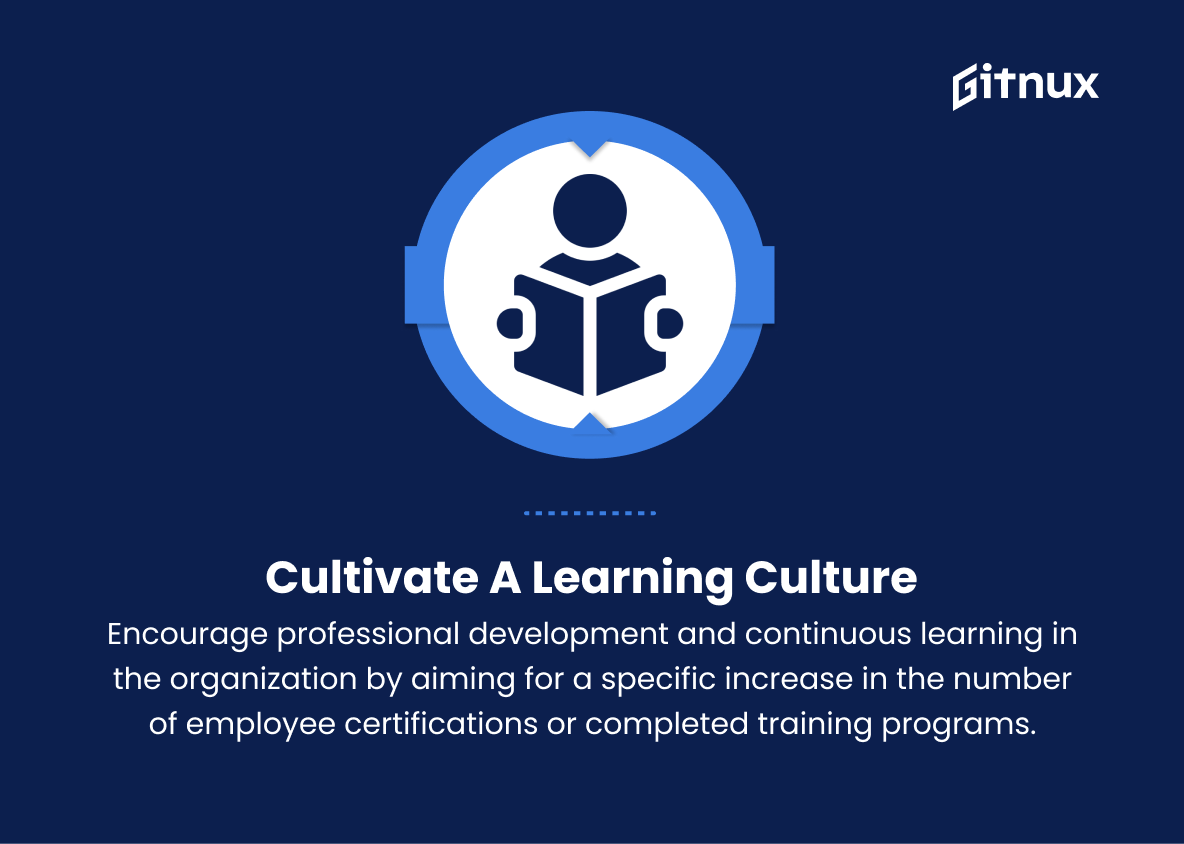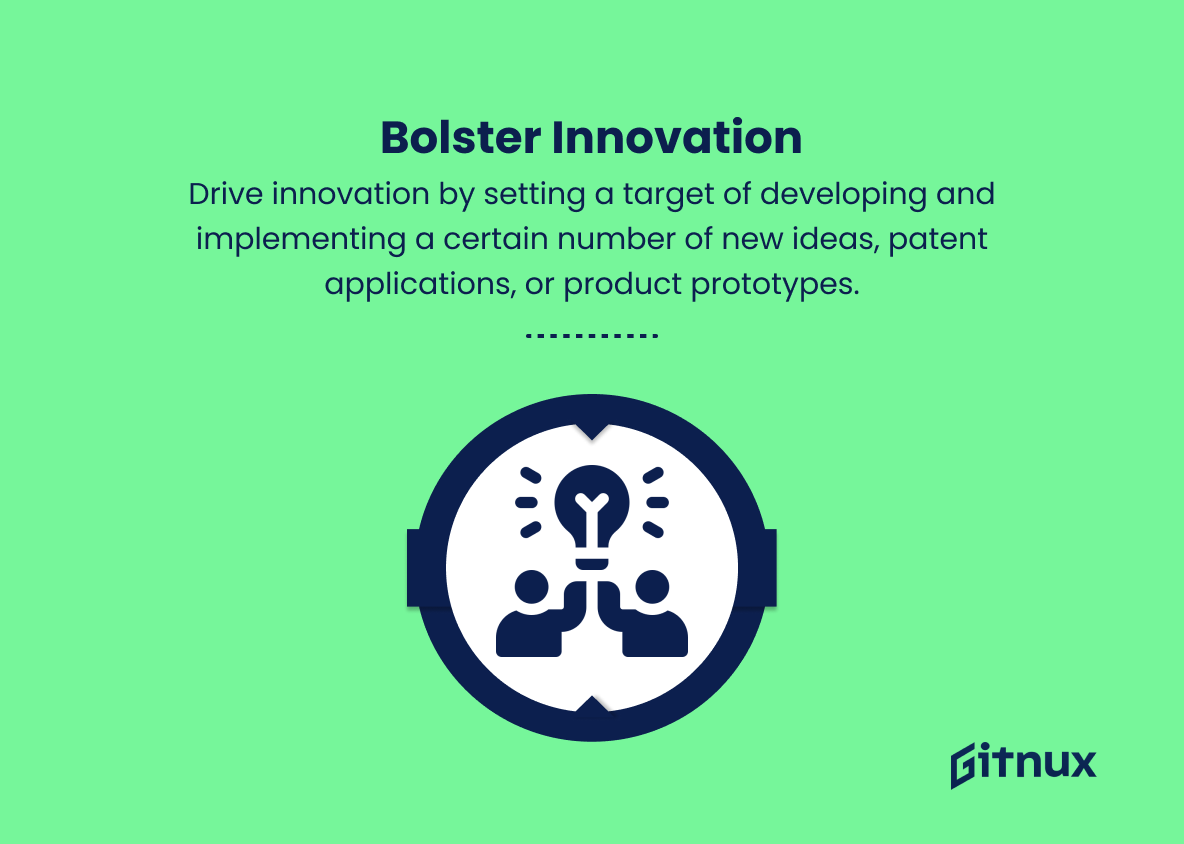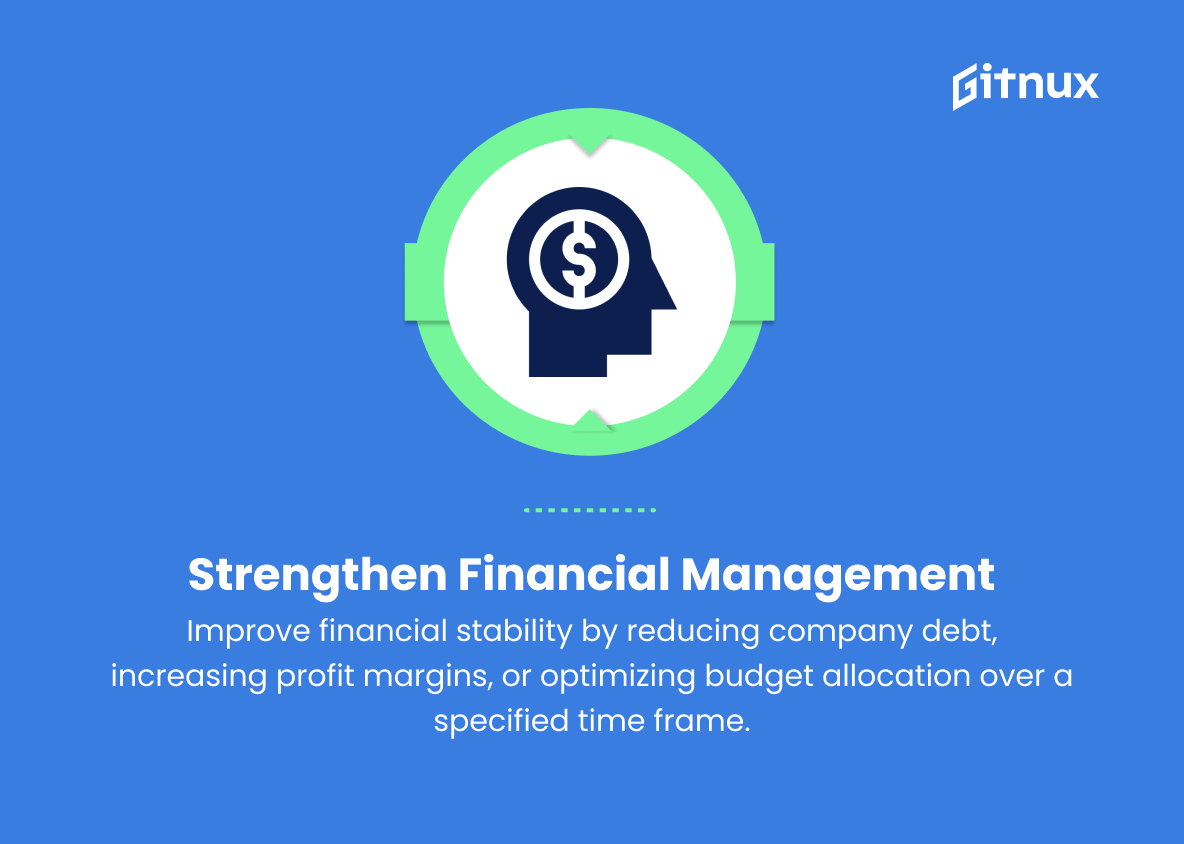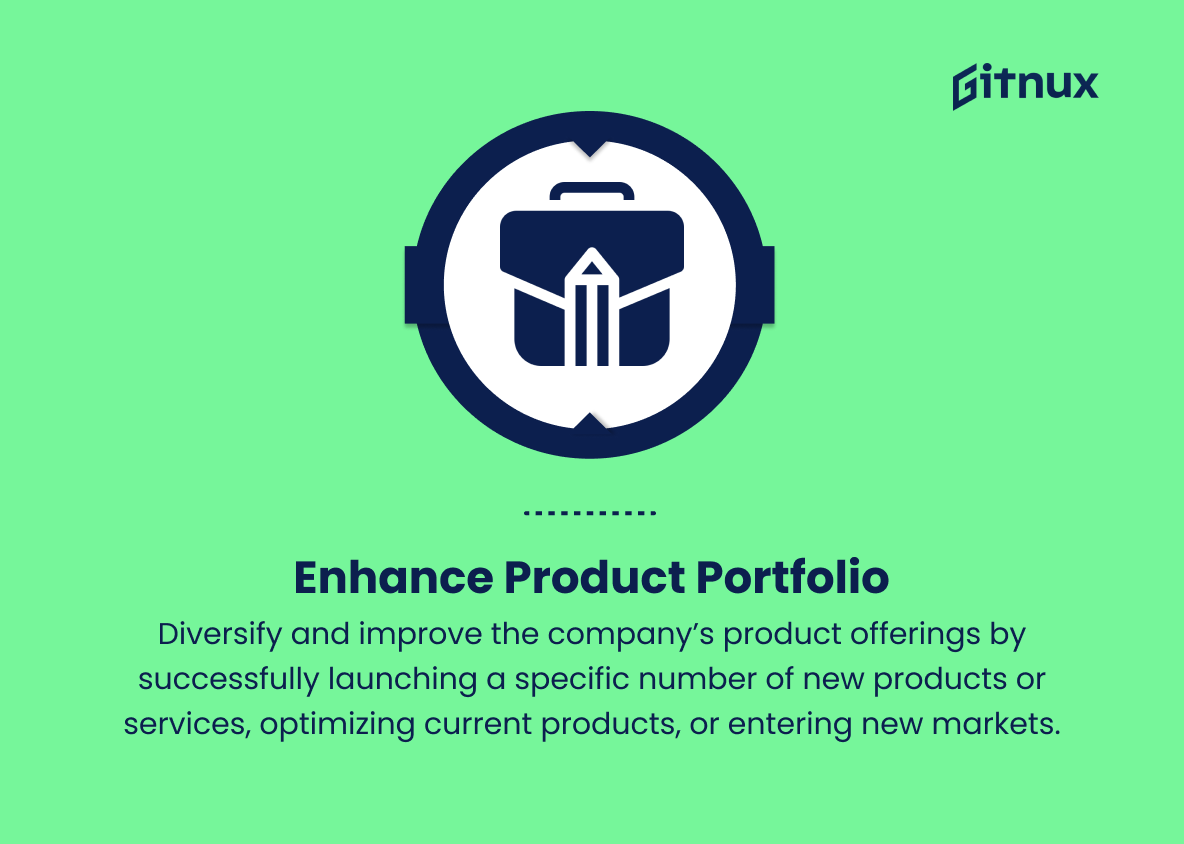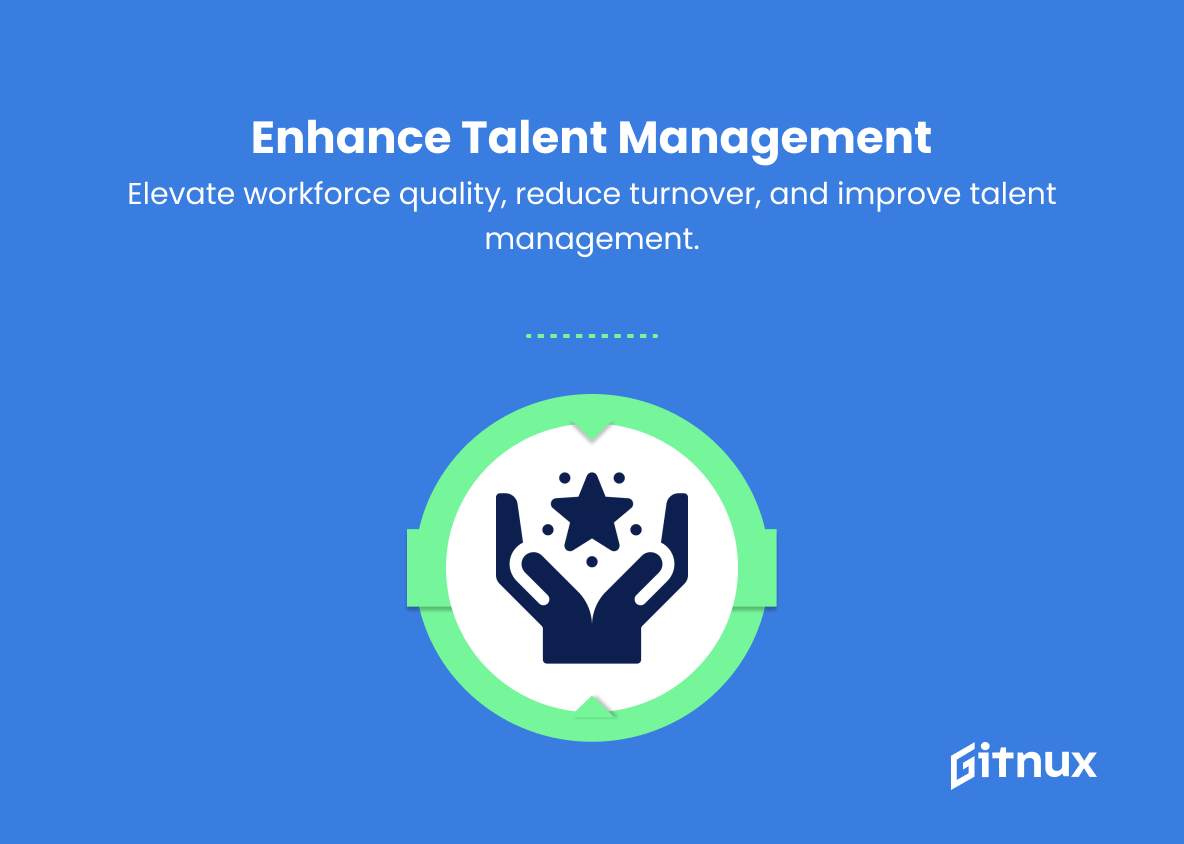In today’s fast-paced business landscape, it has become increasingly crucial for companies to establish clear objectives and measurable outcomes for their teams. However, merely setting traditional goals is not enough; organizations must also develop a systematic way of monitoring progress and evaluating success. This is where the concept of OKRs (Objectives and Key Results) comes into play.
In this comprehensive blog post, we will delve into the world of OKRs, exploring their origin, benefits, and best-practices for successful implementation in your organization. Gain valuable insight into how adopting this goal-setting framework can not only drive growth and innovation but also foster a culture of transparency, collaboration, and continuous improvement.
PR OKRs You Should Know
1. Increase Product Awareness
Improve brand visibility and recognition by aiming at a specific percentage increase in website traffic, social media followers, and mentions in industry publications over a given quarter.
2. Boost Sales Revenue
Target a specific growth percentage in sales revenue by expanding into new markets, launching new products, or improving sales processes.
3. Improve Customer Satisfaction
Enhance customer experience by aiming to achieve a specific increase in net promoter score (NPS) or customer satisfaction score (CSAT) through better communication, support, and product quality.
In today’s fast-paced business landscape, it has become increasingly crucial for companies to establish clear objectives and measurable outcomes for their teams.4. Reduce Customer Churn Rate
Focus on retaining customers by decreasing the churn rate by a set percentage through improving client engagement, onboarding processes, and customer service.
5. Streamline Operational Efficiency
Identify key areas for process improvement and aim to increase efficiency by a specified amount, such as reducing average meeting times, cutting production costs, or optimizing workflows.
6. Enhance Employee Engagement
Foster a positive work environment by targeting a certain improvement level in employee satisfaction scores, conducting regular feedback sessions, and implementing team-building activities.
However, merely setting traditional goals is not enough; organizations must also develop a systematic way of monitoring progress and evaluating success.7. Cultivate a Learning Culture
Encourage professional development and continuous learning in the organization by aiming for a specific increase in the number of employee certifications or completed training programs.
8. Bolster Innovation
Drive innovation by setting a target of developing and implementing a certain number of new ideas, patent applications, or product prototypes.
9. Strengthen Financial Management
Improve financial stability by reducing company debt, increasing profit margins, or optimizing budget allocation over a specified time frame.
10. Expand Market Share
Focus on growing the company’s presence in its industry by targeting a specific percentage increase in market share through competitive analysis, strategic partnerships, and marketing initiatives.
11. Enhance Product Portfolio
Diversify and improve the company’s product offerings by successfully launching a specific number of new products or services, optimizing current products, or entering new markets.
12. Improve Talent Acquisition and Retention
Strengthen the company’s workforce by increasing the quality of new hires, reducing employee turnover, and managing talent more effectively.
Remember that each of these high-level objectives should be accompanied by specific, measurable, and time-bound Key Results that help to track progress and drive success.
PR OKRs Explained
The aforementioned OKRs are crucial in driving a company’s success and growth in the competitive business landscape. They encompass critical aspects such as product awareness, sales revenue, customer satisfaction, retention, operational efficiency, employee engagement, learning culture, innovation, financial management, market share, product portfolio, and talent acquisition.
These OKRs foster a goal-oriented approach towards business development and sustainability, ensuring that companies maintain a strong focus on their ultimate objectives. Importantly, these OKRs are accompanied by specific, measurable, and time-bound Key Results, which help organizations track progress and evaluate the effectiveness of their strategies. By employing these OKRs, businesses can continually refine their tactics, adapt to market dynamics, and ultimately, achieve long-term success.
Conclusion
In conclusion, it’s evident that implementing PR-focused OKRs is a powerful strategy for streamlining communications efforts, ensuring a proactive approach in public relations, and achieving measurable results. By setting specific, measurable, achievable, relevant, and time-bound goals, businesses can better align their PR and communication strategies with their overall vision.
Embracing a culture of transparency, collaboration, and continuous improvement, organizations can effectively steer their PR initiatives towards significant impact and sustainable growth. Therefore, investing time and resources in developing and refining PR OKRs is a vital step towards long-term success in the ever-evolving world of public relations.
